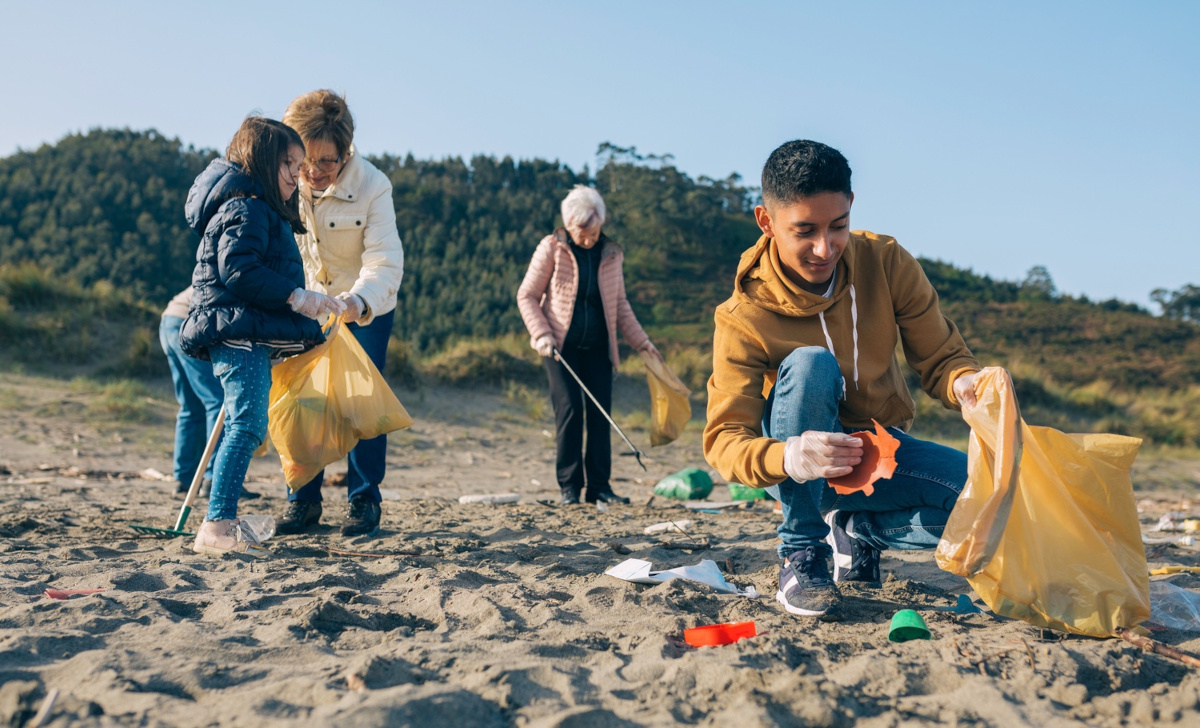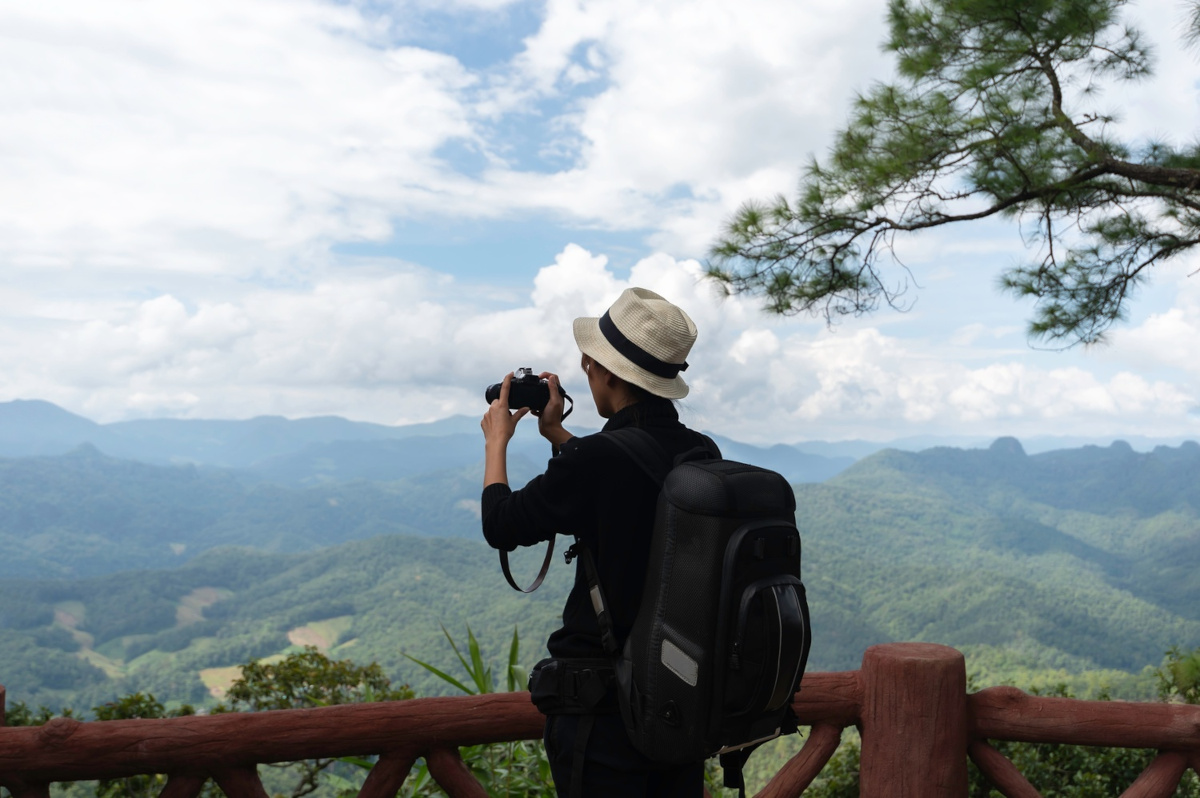How To Make the Most of Outdoor Activities for Students
Outdoor activities shatter the routine of daily school life, significantly enhancing students' physical and mental well-being. As students, stepping out into the natural world offers a unique opportunity to learn new things, meet new people, and recharge.
This article will explore a variety of outdoor activities designed for students, providing insights into how you can maximize your time outside the classroom. Whether you're an adrenaline junkie or someone who enjoys peaceful nature walks, there's something out there for everyone. Let's discover how to fully embrace the great outdoors while maintaining a balance with your academic responsibilities.

Incorporating Educational Elements
Outdoor activities enrich academic learning with hands-on practical experiences. By integrating outdoor education activities into the curriculum, students can achieve key learning outcomes in a dynamic and engaging environment. For example, during botanical hikes, biology students can directly study and identify local flora, turning the hike into a live, interactive lesson on ecosystems. Similarly, geological explorations can help geology students examine rock formations and sediment layers in real-world settings.
Furthermore, collaborations with educational departments can enhance these experiences. Organizing guided tours or projects at a local park can bring theories learned in lectures to life. For example, environmental science departments can partner with local parks to monitor wildlife activities or conduct water quality assessments, providing students with hands-on research opportunities. Hands-on research in outdoor settings deepens student engagement and appreciation of the subject, enhancing the learning experience.
Leveraging Local Opportunities
Exploring the specific offerings of your locale can significantly enrich your outdoor experiences. For example, engaging in local seasonal activities allows students to immerse themselves fully in the environment. Participating in local festivals, exploring natural sites, or attending special community events are excellent ways to connect with the area. For more ideas on making the most of the fall season through local activities, check out this blog post.
To further enhance these opportunities, students can partner with local environmental organizations to participate in conservation efforts, such as tree planting or wildlife monitoring. These activities provide practical learning experiences and help students contribute positively to their community. Engaging with local artisans and businesses to organize workshops or cultural events can also provide deeper insights into the local heritage and promote a vibrant student life.
Social Aspects of Outdoor Activities
Beyond physical activity, outdoor participation is essential for emotional growth and building community ties. Group activities, such as organizing beach cleanups or joining outdoor clubs, provide a platform for students to interact, share experiences, and forge lasting relationships. These activities foster a sense of belonging and encourage teamwork and empathy among participants.
For instance, an outdoor activity idea like a multi-day hiking trip can serve as a powerful bonding experience. Students learn to depend on each other and work together to navigate challenges, which enhances their social skills and emotional intelligence. Additionally, outdoor learning initiatives, such as wildlife photography or bird watching societies, connect students with like-minded peers and mentors, enriching their educational journey and personal growth.
Organizing events that promote broad participation, such as campus-wide eco-challenges, inter-collegiate sports days, or recycling drives, can further strengthen communal ties. These events bring students together from various backgrounds and promote inclusivity and mutual respect. The joy and camaraderie experienced during these shared activities contribute significantly to a student's overall well-being and sense of community involvement.
Balancing Academics and Activities
Successfully managing academic responsibilities alongside engaging in outdoor activities is crucial for student well-being. Here are some strategies and insights on how to effectively balance these aspects of student life:
Time Management Techniques
- Prioritize tasks: Use a planner to prioritize school assignments and schedule blocks of time for outdoor activities, ensuring neither is neglected.
- Set specific goals: For both academic and outdoor activities, setting clear, achievable goals can help maintain focus and motivation.
Incorporating Outdoor Activities for Stress Relief
Outdoor activities are not just for fun; they play a key role in improving mental health. Activities like outdoor games can be a great escape from academic pressures, offering physical exercise which is proven to reduce stress and enhance mood.
Regularly scheduled outdoor time, whether it's a quick walk between study sessions or a weekend hike, can act as a mental refresh. It helps rejuvenate the mind and boosts productivity when returning to academic tasks.
Integrating Both Worlds
Engage in outdoor activities that also complement your studies. For example, if you're a biology student, participating in conservation efforts or wildlife observation can enrich your learning and provide practical experience.
Utilize moments of outdoor engagement as opportunities for informal study or reflection. Discussing class materials during a hike with peers can reinforce learning in a relaxed environment.
Employing these strategies allows students to reap the benefits of both academic success and personal well-being, making their educational journey as rewarding as it is productive.
Sustainable Practices
Engaging in outdoor activities offers a prime opportunity to adopt environmentally friendly practices that safeguard the natural world. Students can actively preserve the environment by organizing beach cleanups, adhering to 'leave no trace' principles, and leading sustainability workshops during hikes and camps. These practices keep the natural surroundings pristine and foster a culture of responsibility and respect toward nature among the student community.
Additionally, integrating environmental education into outdoor activities can significantly enhance students' understanding of their impact on local ecosystems. Educational initiatives can include workshops on sustainable living, wildlife protection, and the effects of pollution on biodiversity. Offering a wide range of learning opportunities in these settings helps students see firsthand the importance of conservation efforts and encourages them to be proactive in their environmental stewardship.
Through these efforts, students enjoy the beauty of the outdoors and contribute to its preservation and resilience. Engaging in sustainable practices during outdoor activities helps these natural spaces remain vibrant and healthy for future generations.
Documenting and Sharing Experiences
Smartphones and social media are powerful tools for documenting and sharing the impact of outdoor activities, inspiring broader engagement. Students can capture high-quality photos and videos, and share these moments on online platforms, which chronicle their experiences and engage a wider audience.
Encouraging students to create and share content about their outdoor experiences inspires others and spreads awareness about the value of engaging with the natural environment. By posting blogs, vlogs, or social media updates, students can offer activity ideas and personal insights that resonate with peers and encourage more outdoor engagement.
Connecting with Nature: A Conclusion
Engaging in outdoor activities boosts physical and mental health, enhances practical learning, and fosters community and environmental responsibility. Outdoor learning and play are not just educational tools but also essential elements of a balanced lifestyle, offering unique opportunities for personal growth and relaxation.
The benefits of embracing the outdoors extend far beyond traditional learning environments. It provides a refreshing contrast to classroom settings and offers continual opportunities for discovery and enjoyment. Embrace these moments of adventure, as they not only enrich your academic experience but also enhance your personal well-being.
